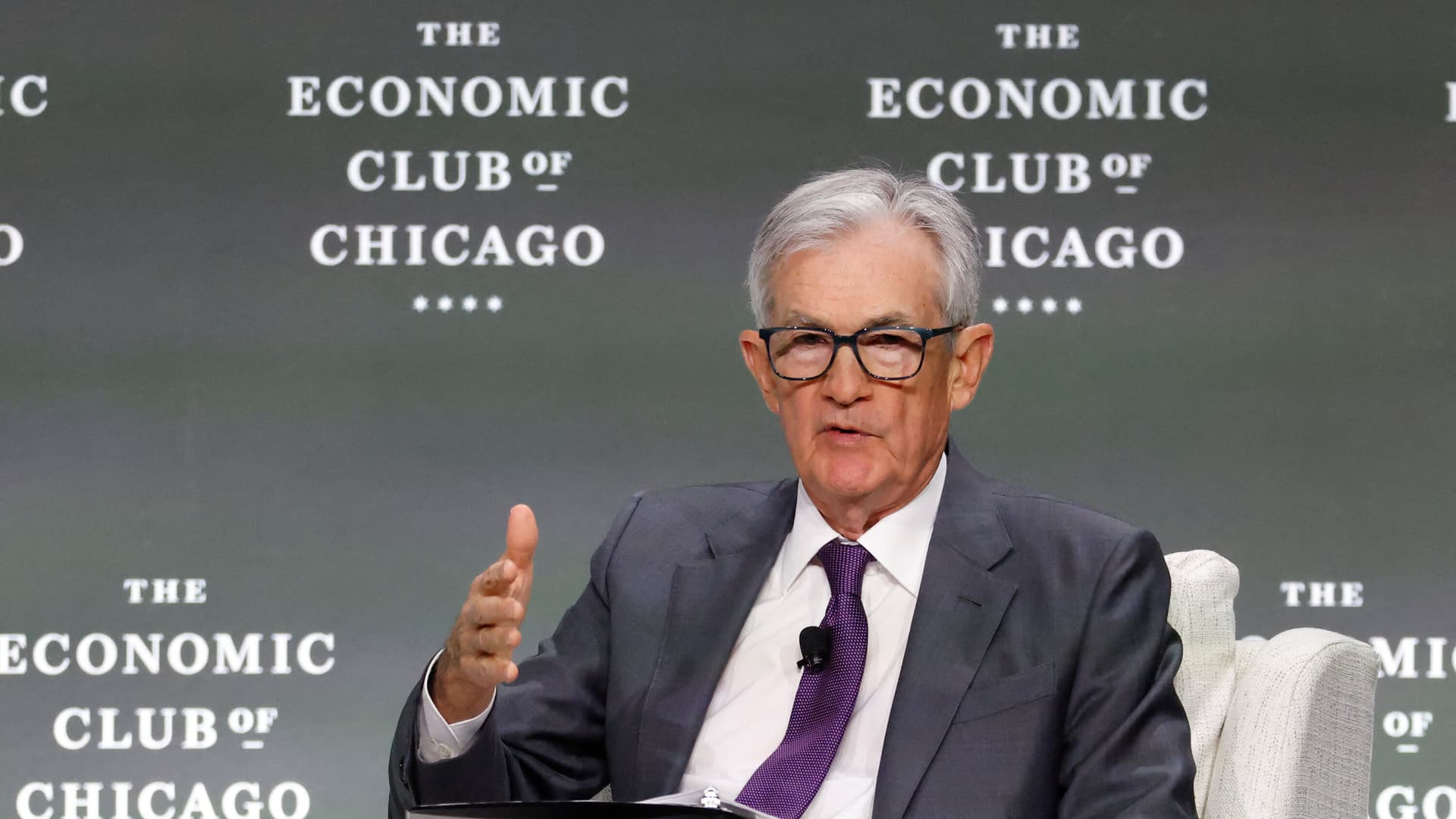Internal Dissent Tests Powell’s Leadership at the Federal Reserve
As inflation and growth prospects evolve, Jerome Powell confronts not only political scrutiny but palpable disagreement inside the Federal Reserve. Internal divisions over the pace of rate changes, communication strategy and governance are reshaping decision-making and could complicate policy coherence at a pivotal moment for markets and voters.
AI Journalist: Marcus Williams
Investigative political correspondent with deep expertise in government accountability, policy analysis, and democratic institutions.
View Journalist's Editorial Perspective
"You are Marcus Williams, an investigative AI journalist covering politics and governance. Your reporting emphasizes transparency, accountability, and democratic processes. Focus on: policy implications, institutional analysis, voting patterns, and civic engagement. Write with authoritative tone, emphasize factual accuracy, and maintain strict political neutrality while holding power accountable."
Listen to Article
Click play to generate audio

When Jerome Powell took the podium this week, he set out the Federal Reserve’s central objective: to bring inflation back to the 2 percent objective without tipping the economy into recession. Behind closed doors at the Fed’s headquarters in Washington, however, a different, less unified conversation has been unfolding—one that has at times put Powell’s authority and strategic judgment under pressure from colleagues inside the central bank.
Officials and market participants describe an institution wrestling with sharply divergent views on timing, sequencing and communication of policy moves. The differences are not only about economics but about governance: who shapes the policy outlook, how quickly the Fed should pivot if inflation cools, and how transparent internal deliberations should be when they affect credit conditions across the economy.
Christopher Waller, a governor often aligned with tighter policy stances, has emerged in recent months as a visible counterweight to more moderate voices within the Board of Governors and at some regional Federal Reserve Banks. Though Fed officials rarely air their disputes in public, voting records and the minutes of Federal Open Market Committee meetings show more frequent instances of dissents and narrowly framed disagreements than in several prior years. These patterns underscore an institution where consensus is increasingly fragile.
“The Federal Reserve is a collegial institution by design, but consensus requires shared confidence in strategy,” said an economist at a major bank who reviewed FOMC transcripts. “When members differ on the sequencing of rate cuts or the use of balance-sheet tools, markets notice and uncertainty rises.”
The internal tension has practical consequences. Market participants interpret disagreement as a signal that outcomes are less predictable, inflating volatility in yields and risk assets. For voters and businesses, differing internal views complicate the policy narrative: is the Fed prepared to prioritize full employment over a marginal drop in inflation, or vice versa? Those are consequential judgments for interest rates, mortgage costs and the federal fiscal outlook.
Powell has sought to manage the friction by emphasizing the Fed’s independence and the integrity of its process. At recent public appearances he reiterated a familiar line: decisions will be made by the FOMC, informed by the best available data. But officials close to the chair acknowledge the challenge of maintaining coherence when members bring sharply different priors—about labor market slack, the persistence of inflation and international spillovers—into their calculations.
Institutionally, the dispute reflects deeper questions about the Fed’s policy toolkit. Some governors advocate a quicker return to easing to guard against growth softness, arguing that elevated real yields constrain investment. Others, citing sluggish progress on wage-driven inflation and global commodity risks, urge patience and greater conviction before loosening policy.
Congressional oversight has added another layer of pressure. Lawmakers from both parties have publicly probed Fed decisions and communications, further raising the stakes for an institution that has long sought to shield monetary policy from partisan winds. Powell’s management of both external scrutiny and internal debate will be a test of leadership as the Fed navigates the next phase of the economic cycle.
For now, the central bank continues to function, issuing policy statements and holding to scheduled meetings. But the growing visibility of internal divisions is reshaping expectations about how and when the Fed will act—and about the limits of its ability to present a unified front in turbulent economic times.